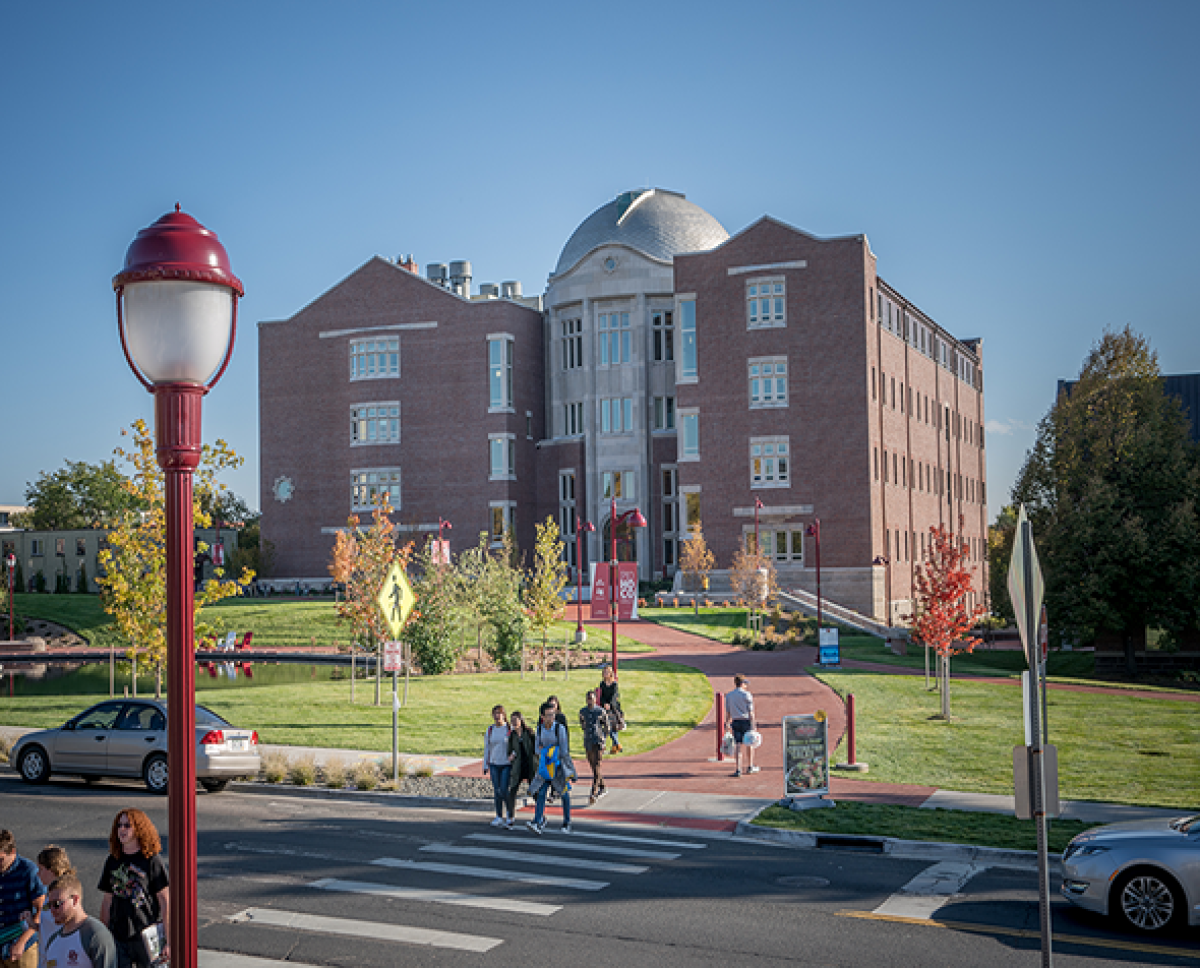DU’s Center for Orthopaedic Biomechanics Shares Its Research With The World

Everything from designing joint replacement implants to automotive safety testing and video game animation all rely on one crucial component: Realistic computer models of the human body. In January, researchers from the Center for Orthopaedic Biomechanics at the Ritchie School of Engineering and Computer Science published highly detailed anatomical models in an article in the journal Nature, making them available for scientists, entrepreneurs and artists around the world.
The 3D models, which consist of muscle, bone, cartilage, ligaments and fat from the pelvis to the ankle, were assembled from CT scans and cross-sectional images of a male and a female cadaver from the National Library of Medicine’s Visible Human Project. Thousands of images were analyzed, with researchers painstakingly marking each anatomical structure pixel by pixel, before combining each layer of the structures into three-dimensional shapes. This provided the researchers with 3D models of each component which, when combined, form the complete lower half of the human body.
The resulting models accurately represent individual structures within the lower extremities of both the Visible Human Male and Visible Human Female cadavers, whereas much of the pool of previously available models and simulations have been focused solely on the Visible Human Male—a worrisome trend that Kevin Shelburne, research professor in the Center for Orthopaedic Biomechanics, is committed to fixing. “It’s been a problem across a lot of medicine. A lot of the data is based on males,” Shelburne says. “That leads to bias.” With the publication of these models, the researchers hope to limit that bias in everything from knee replacement implants to car crash modeling. “It’s ready to be used in simulations,” Shelburne says.
In addition to publicly sharing the final models, the Center also published the results of each step of the process in multiple formats, enabling a wide range of scientific, artistic and industrial endeavors.
Thor Andreassen (MS ’20), a PhD candidate in mechanical engineering and the first author of the research published in Nature, says the publication of each step will allow others to maximize the usefulness of the research. Whether researchers require the final models or a single component or want to modify or build off of the existing research, “It was always about making it as useful as possible for as many people as possible, even if we don’t know how they’re using it,” Andreassen says. “The fact that people around the world are using it makes me proud.”
Researchers the world over are able to put the highly accurate computer models to work in nearly endless ways. From full sized 3D-printable models of bone, muscle, ligaments, fat and cartilage being used to teach human anatomy, prepare surgeons for complex joint replacement procedures, and simulate muscle atrophy during space flights to Mars, to allowing for more realistic movement in video games and animations, the research will enable innovation across a variety of fields.
Across the board, Andreassen says, “There has been a big push for personalized medicine. We’re building better models to be able to make predictions and ask better ‘what if’ questions.” Building those individualized models, however, is no easy task.
Every individual’s anatomy, and crucially, how they move, is unique. In order to make their models more widely applicable, Andreassen is working on ways to morph the shapes and internal structures from the Visible Human models onto other people, enabling doctors and researchers to design implants and plan surgeries directly from a patient’s anatomy, rather than basing them on generalized models of the human body. And with the models available to the public, Andreassen says that researchers, doctors and patients alike will be able to expand on and benefit from the team’s work, “It helps more people if we’re willing to share,” he says. “It prevents people wasting time solving the same problems over and over again.”







